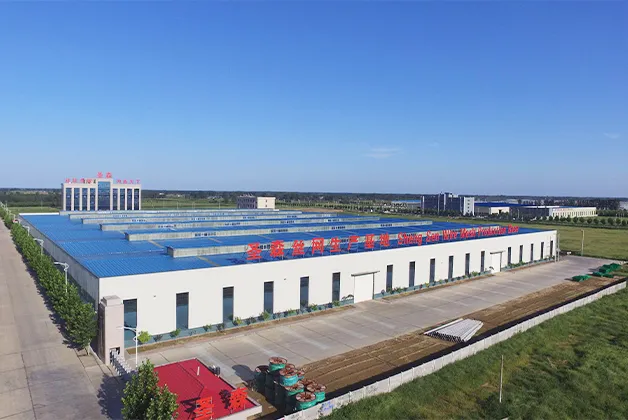-
 Phone:
Phone: -
 Email:
Email:

barbed wire
The Symbolism and Significance of Barbed Wire
Barbed wire, a seemingly simple invention, has played a profound role in shaping human history, society, and the notions of security and division. Invented in the late 19th century by Joseph Glidden, this practical tool was initially designed to fence cattle on ranches. However, its implications extended far beyond agriculture, becoming entwined with themes of conflict, confinement, and control.
At its essence, barbed wire represents barriers, both physical and metaphorical. In agricultural contexts, it serves as a boundary, defining property lines and keeping livestock safely within designated areas. This utility reflects humanity’s innate desire to control and manage the environment, signaling ownership and territory. But as history demonstrates, the transition from simple fencing to the establishment of fortified perimeters marks a shift towards a more complex interpretation of barbed wire—one associated with conflict and incarceration.
During the tumultuous periods of the 20th century, barbed wire took on a new life as it became synonymous with war and imprisonment. It was extensively used in World War I and II, marking the frontlines and keeping enemy soldiers confined to certain areas. The wire became a chilling reminder of the human cost of conflict, serving not only as a physical barrier but as a psychological one, instilling fear and marking the separation between life and death, freedom and captivity.
In addition to its role in wartime, barbed wire has often been associated with oppression. Historical references highlight its presence in concentration camps and prisons, symbolizing suffering and the profound loss of liberty. The stark imagery of barbed wire encircling a prison yard evokes emotions of despair and hopelessness, representing the harsh realities faced by those confined within. These boundaries, marked by sharp metal and a lack of visibility into the outside world, create an atmosphere of isolation and desolation.
barbed wire

Within contemporary society, the use of barbed wire has evolved but remains a potent symbol of division. It is often employed in border security, a visual reminder of the tensions surrounding immigration and national sovereignty. Barriers constructed with barbed wire serve to delineate territory, emphasizing the global struggle over resources and demographic shifts. In this context, barbed wire transcends its physical function, emerging as a metaphor for the increasingly polarized nature of global politics and societal divides.
Moreover, the use of barbed wire in urban settings, such as around warehouses, factories, and even residential properties, signifies a growing fear of crime and the need for security. This shift reflects societal values that prioritize safety, often at the expense of openness and community interaction. The presence of barbed wire on city landscapes signals a retreat from public space, reinforcing the idea that safety must be maintained behind barriers.
Despite its myriad uses and associations, barbed wire evokes a singular truth it is a testament to humanity’s ongoing struggle between freedom and control. As societies evolve, the lessons embedded in the symbolism of barbed wire remind us of the duality of protection and oppression. Striking a balance between the need for security and the essential human desire for connection is vital as we move forward, ensuring that in our quest for safety, we do not encircle ourselves in isolation and fear.
In conclusion, barbed wire serves as a poignant symbol reflecting humanity's complex relationship with boundaries—physical, psychological, and societal. From its humble beginnings as a means of livestock management to its modern implications as a tool of division, the narrative of barbed wire is intimately tied to our understanding of power, control, and the ever-pressing desire for freedom.
-
Wire Mesh for Every Need: A Practical SolutionNewsJul.25,2025
-
Steel Fences: Durable, Secure, and Stylish OptionsNewsJul.25,2025
-
Roll Top Fencing: A Smart Solution for Safety and SecurityNewsJul.25,2025
-
Cattle Farm Fencing Solutions for Maximum SecurityNewsJul.25,2025
-
Affordable Iron Binding Wire SolutionsNewsJul.25,2025
-
Affordable Galvanized Wire SolutionsNewsJul.25,2025
-
Wire Hanger Recycling IdeasNewsJul.25,2025








